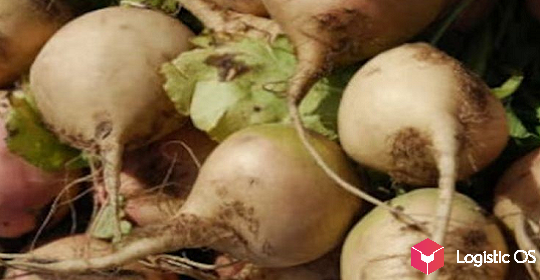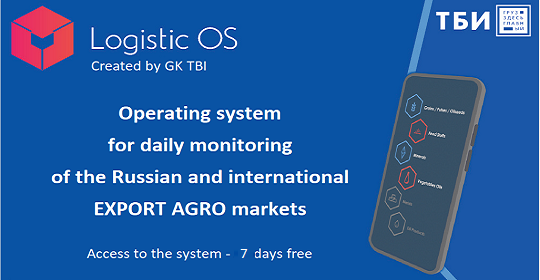The St. Petersburg International Economic Forum became a platform where experts discussed existing challenges and possible solutions.
Currently, the planet has to deal with the depletion of natural resources, and in addition, climate change is changing traditional farming formats. This forces us to look for new methods and technologies.
As Deputy Chairman of the Ministry of Economic Development of Russia Maxim Kolesnikov noted, more than 2 million people are currently employed in the agro-industrial complex. This is 5% of the total population employed in the economy, which is quite a significant figure.
For this reason, the agro-industrial complex is a priority sector for investment and support from the state. In total, 2.7 trillion rubles were allocated for Russian farmers from 2018 to 2025.
This has borne fruit. According to analysts, Russia already fully provides itself with a full range of essential products, including vegetable oil, grain, sugar, meat and fish.
Moreover, Russian farmers have already come very close to the goals of self-sufficiency in potatoes, fruits, vegetables and milk. Most likely, these goals will also be achieved in the foreseeable future.
At the same time, the development of the agricultural sector in Russia is ensured, among other things, by lending.
According to the latest information, today companies owe banks about 5.3 trillion rubles. Moreover, over the past 3 years, the volume of this debt has grown very significantly: by 25%.
On the one hand, this is good: borrowed funds can be used for development. On the other hand, with the current high Central Bank rate, taking loans has become extremely unprofitable, especially since some companies have to borrow for operational activities.
This creates risks for the sustainable position of the business.
Experts call the personnel shortage another significant problem in the agricultural sector.
Currently, the agro-industrial complex is experiencing a shortage of 200 thousand people. Moreover, the greatest difficulties are with qualified labor.
Due to the lack of personnel, seasonal work is often disrupted, which results in insufficient production, food shortages and rising prices.
Businesses believe that one way out is the introduction of artificial intelligence, including unmanned combines and smart drones. It is assumed that AI will be able to largely replace people, and thus the problem will be partially solved.
However, training qualified specialists is still extremely necessary, so it is necessary to increase the attractiveness of the agro-industrial complex, experts believe.
And first of all — among young people, so that they have a desire to enter the relevant universities and move to rural areas.

